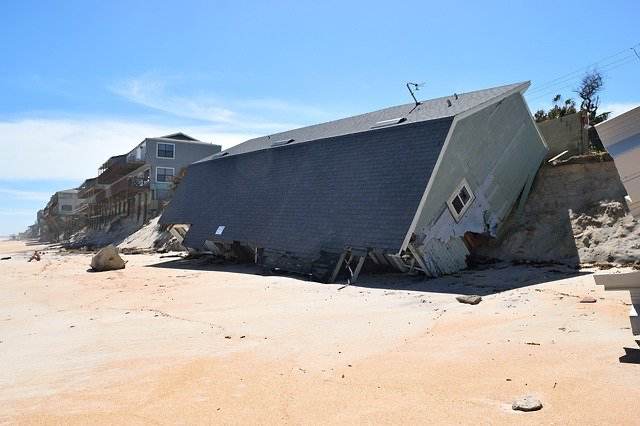
US Property and Casualty Rates Continue Upward Trend
January 5, 2021
US P&C and personal lines insurance rates up in Q4
January 6, 2021
Catastrophe exposed property rates surge again in Q4 – MarketScout
06 Jan 2021| Artemis
by Steve Evans

Catastrophe exposed property insurance rates surged higher through the fourth-quarter of 2020, with hurricane exposed property in Florida and wildfire exposed property in California seen to experience some of the steepest increases.
This is according to the latest analysis from MarketScout, who reviews movements in the personal and commercial property insurance markets on a quarterly basis.
MarketScout’s findings tend to read across to reinsurance markets in many cases, either in real-time or slightly lagging behind.
In the case of Florida property insurance, it’s a bit of both, as reinsurance rates have been rising in tandem with primary covers.
For California properties exposed to wildfires it’s again a trend being seen for reinsurance programs covering these insureds as well.
MarketScout reports that the composite rate for personal lines insurance rose by 6.3% in the fourth-quarter of 2020, while the composite for commercial property and casualty insurance rose by 7.1%.
On the personal lines side, high-value property rates were up by an average of 8.2%, for homes valued at over $1 million.
This signals that ongoing price increases are likely for these large properties, MarketScout believes.
Richard Kerr, CEO of MarketScout commented on personal property rates in Q4, saying, “Rates are up modestly across all sectors of personal insurance with high net worth homeowners rates up the most. Wealthy clients are buying more homes as an escape and if they are not buying something new, they are renovating the ones they already own. Homeowners lucky enough to own properties with the home replacement cost in excess of $1,000,000 have borne the brunt of most of the rate increases, especially in the fourth quarter 2020.”
Once again, it is the catastrophe exposed and loss affected property areas of the market experiencing much steeper increases, as prices surge.
Kerr explained, “For those homeowners fortunate enough to own a beach or mountain home, increases are more severe. Homes in brush fire areas of California or hurricane prone sections of Florida, are assessed rate increases as high as 20 to 30 percent. The only way to offset big rate increases is to shop your insurance and limit coverage or raise deductibles.”
On the U.S. commercial P&C side of the market, property is another area that is still seeing rates surge.
Commercial property rates averaged up 9% in the fourth-quarter of 2020. However, the swings now seen are not as aggressive as those experienced in the past.
Kerr said, “Composite rates for property and casualty insurance have traded in a relatively tight corridor the last ten years as compared to the ten-year period of 2001 to 2010 when rate swings were considerably more volatile. Improved underwriting tools, catastrophe modeling and more thoughtful reinsurance placements have taken most of the severe peaks and valleys out of the market.
“Simply stated, underwriters are smarter than they were 15 years ago. The exceptional underwriting and technology tools help make for a more stable market.”
This points to rates becoming more sustainable from the bottom-up, perhaps, something we’ve been saying the reinsurance market needs to move towards to deliver on more stable profits over the longer-term.
As capacity continues to pull-back in some of the more catastrophe exposed and loss exposed regions of the U.S., the opportunity for cat underwriting specialists and capital to move in increases, which could drive reinsurance capital support requirements further over the next year.
The continued momentum in primary personal and commercial property lines looks likely to persist into 2021, which should serve to provide a perhaps much-needed bolster under reinsurance pricing moving forwards as well.
